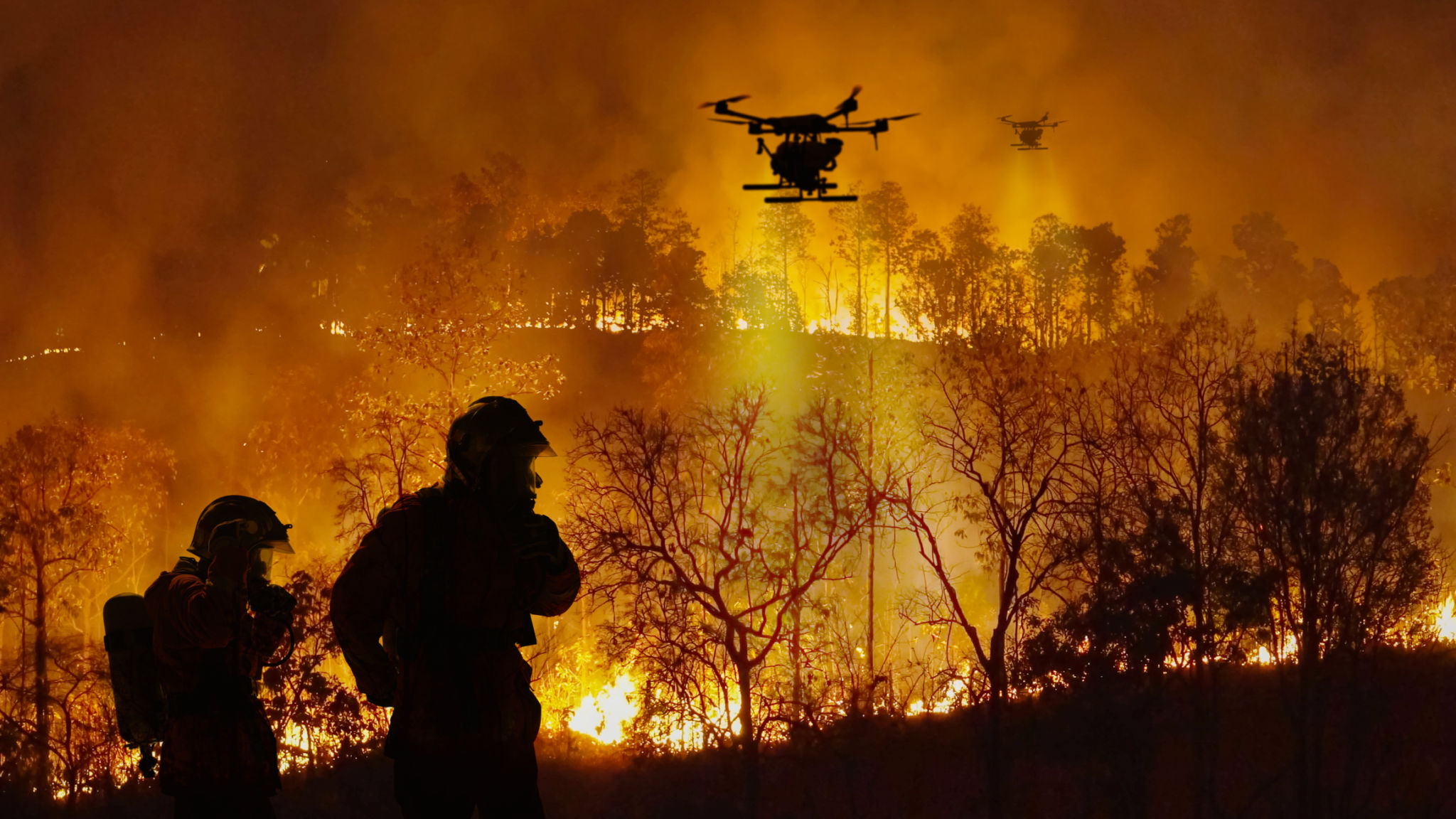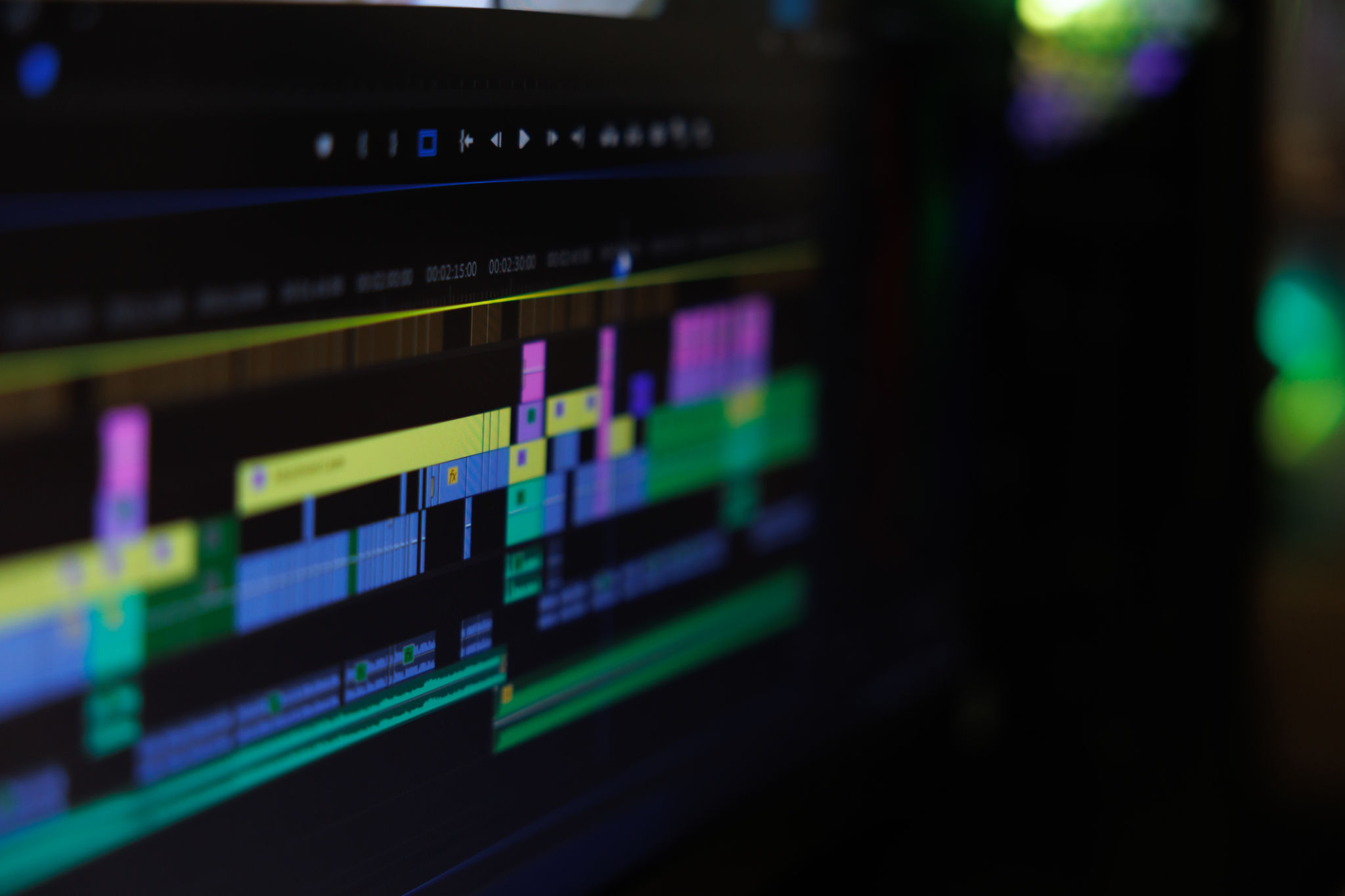The Ultimate Guide to Aerial Videography in the UK: What You Need to Know
Introduction to Aerial Videography
Aerial videography has revolutionized the way we capture our world, offering breathtaking perspectives that were once only possible with helicopters or airplanes. In the UK, this art form has gained immense popularity, blending technology with creativity to deliver stunning visuals. Whether you're a seasoned filmmaker or a hobbyist looking to explore new horizons, understanding the essentials of aerial videography is crucial.

The Equipment You Need
The foundation of successful aerial videography lies in choosing the right equipment. Drones are the primary tool, and selecting one that suits your needs is essential. Consider factors such as camera quality, flight time, and stability. Popular choices include DJI's range of drones, known for their advanced features and reliability.
In addition to the drone, you'll need accessories like extra batteries, propeller guards, and a high-quality gimbal for smooth footage. Investing in a good-quality SD card is also crucial to store high-resolution videos without interruption.
Understanding the Legal Landscape
Operating a drone in the UK requires an understanding of the legal framework. The Civil Aviation Authority (CAA) regulates drone flights to ensure safety and privacy. Drone operators must register with the CAA and pass a competency test if their drone weighs more than 250 grams. Additionally, respecting no-fly zones and maintaining a safe distance from people and structures is mandatory.

Planning Your Shots
Effective planning is key to capturing stunning aerial footage. Start by researching your location to identify potential obstacles and no-fly zones. Understanding weather conditions is equally important, as wind and rain can significantly impact your drone's performance.
Creating a shot list can help streamline your shoot, ensuring you capture all desired footage efficiently. Consider experimenting with different angles, speeds, and altitudes to add variety to your video.
Post-Production Tips
The magic of aerial videography doesn't end once you've captured your footage. Post-production is where you can transform raw clips into a polished masterpiece. Editing software like Adobe Premiere Pro or DaVinci Resolve offers powerful tools for color correction, stabilization, and adding effects.

Pay attention to the pacing of your video; aerial shots often benefit from slower transitions to highlight the expansive vistas. Adding music or sound effects can further enhance viewer engagement, creating an immersive experience.
Safety Measures and Best Practices
Safety should always be a priority when engaging in aerial videography. Regularly inspect your equipment for any signs of wear and tear, and ensure that firmware is up-to-date. Educating yourself on emergency procedures can prevent accidents and protect your investment.
Practicing responsible flying not only ensures your safety but also enhances public perception of drone usage. By following regulations and respecting privacy, you contribute to the positive growth of this exciting field.
Conclusion
Aerial videography offers endless possibilities for creative expression, allowing you to capture breathtaking scenes from unique perspectives. By understanding the equipment, legalities, and techniques involved, you can elevate your filmmaking skills to new heights. Embrace this dynamic art form, and let your imagination soar through the skies of the UK.
